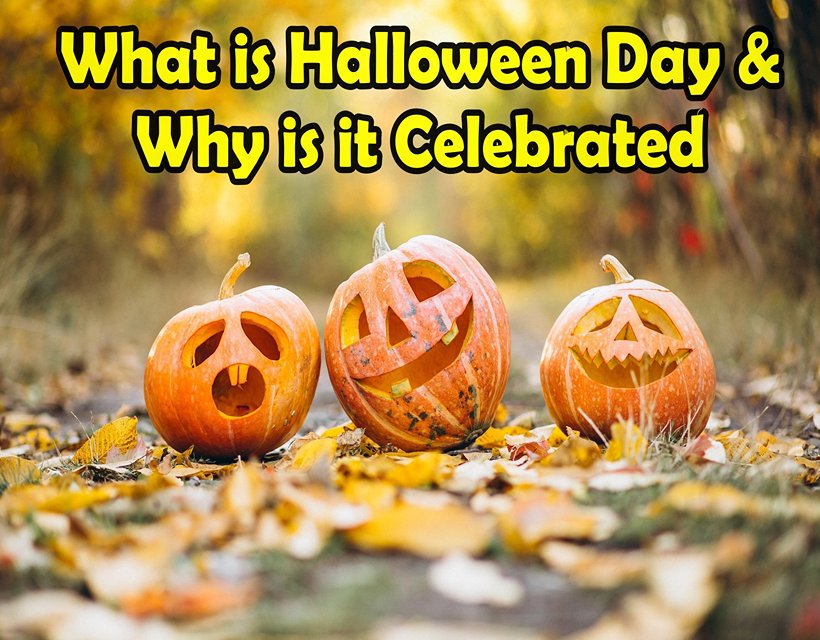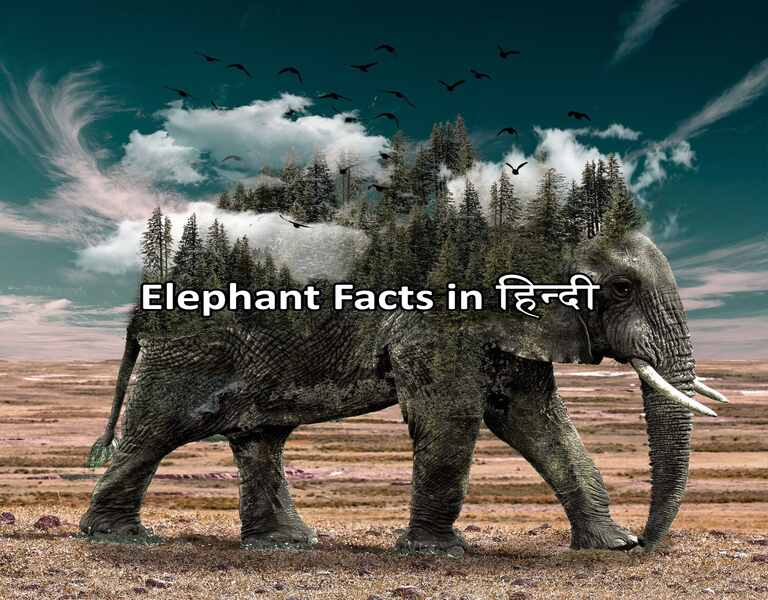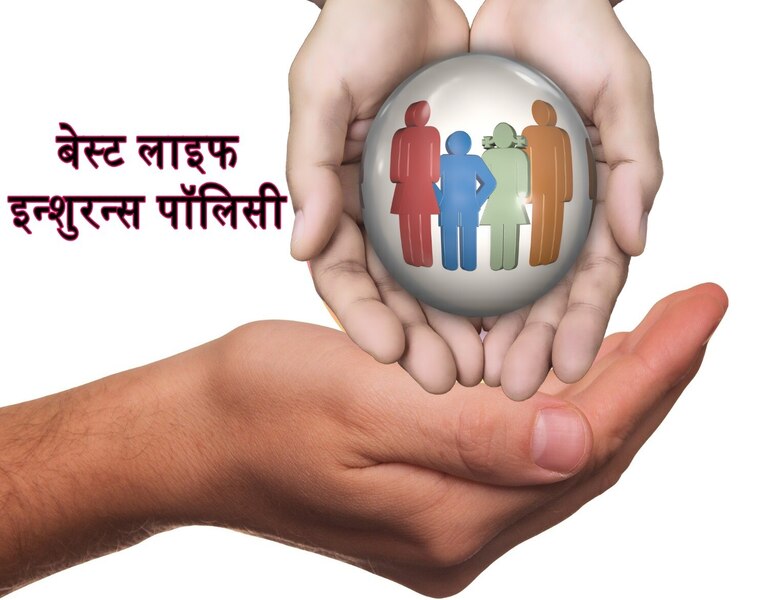Table of Contents
What is Halloween Day
Halloween is a holiday celebrated on the 31st of October every year, primarily in countries such as the United States, Canada, and the United Kingdom. Halloween Day is a time when people dress up in costumes and attend parties or go trick-or-treating. What is Halloween Day & Why is it Celebrated
The Celts believed that on the night of Samhain, the boundary between the world of the living and the dead became blurred. They believed that the ghosts of the dead would return to earth on this night, and they would light bonfires and wear costumes to scare away any evil spirits that might be lurking around. Over time, Halloween evolved into a holiday that is celebrated with costumes, candy, and other fun activities.
Another popular activity is attending Halloween parties, where people dress up in costumes, play games, and eat festive foods. Many people also enjoy decorating their homes with Halloween-themed decorations such as jack-o-lanterns, spider webs, and ghosts.
While Halloween is a fun and festive holiday, it also has a darker side. In some cultures, Halloween is associated with witches, black cats, and other supernatural creatures. Some people believe that Halloween is a time when the veil between the living and the dead is at its thinnest, making it easier for ghosts and other spirits to cross over into our world. As a result, Halloween has become associated with superstition and the occult in some circles.
In recent years, there has been some controversy surrounding Halloween. Some people argue that certain costumes or decorations are offensive or culturally insensitive. Others argue that Halloween has become too commercialized, with stores selling an increasing amount of Halloween-themed merchandise each year.
Despite these controversies, Halloween remains a beloved holiday for many people. It is a time to dress up, have fun, and celebrate the spooky season. Whether you choose to go trick-or-treating, attend a party, or simply stay home and watch scary movies, Halloween is a time to let your imagination run wild and embrace the eerie atmosphere of the season.
Why Halloween Day is Celebrated
Halloween Day is celebrated on October 31st every year in many countries around the world. It is a holiday that is loved by both children and adults alike, and it is a time when people dress up in costumes, go trick-or-treating, and attend parties. But why do we celebrate Halloween?
The Celts lived in what is now Ireland, the United Kingdom, and northern France, and they celebrated Samhain on the night of October 31st. The Celts believed that on this night, the boundary between the world of the living and the dead was blurred. They believed that the ghosts of the dead would return to earth, and they would light bonfires and wear costumes to scare away any evil spirits that might be lurking around.
The festival of Samhain evolved into Halloween. When Christianity spread throughout Europe, the church attempted to replace pagan festivals with Christian holidays. November 1st was designated as All Saints’ Day, a day to honor saints and martyrs, and October 31st became known as All Hallows’ Eve or Halloween.
In the United States, Halloween began to be celebrated in the late 1800s, primarily by Irish and Scottish immigrants. Trick-or-treating became popular in the 1930s, and the tradition of carving pumpkins into jack-o-lanterns became popular in the 1960s.
It is a time for people to dress up in costumes and indulge in a bit of spooky fun. Children go trick-or-treating, adults attend parties, and families gather to watch scary movies and eat festive foods. Halloween has become a beloved holiday that is enjoyed by people of all ages.
It’s a fun and festive tradition, Halloween also has a deeper meaning. It is a time when we acknowledge the cycle of life and death and remember those who have passed away. It is a time to reflect on our own mortality and embrace the spooky and mysterious aspects of life. Halloween reminds us that there is more to life than what we can see and touch, and it encourages us to embrace the unknown and the mysterious. So, as we celebrate Halloween this year, let us remember the origins of this spooky holiday and embrace the magic and mystery of the season.
What is the True Meaning of Halloween
The true meaning of Halloween is a complex and multifaceted concept that has evolved over time. The modern celebration of Halloween is largely a secular and commercial holiday, centered around costumes, trick-or-treating, and other fun activities. However, the origins of Halloween can be traced back to the ancient Celtic festival of Samhain, which had a much deeper spiritual and cultural significance.
Samhain was a harvest festival that marked the end of summer and the beginning of winter. The Celts believed that on the night of Samhain, the boundary between the world of the living and the dead was blurred and that the spirits of the dead would return to earth. They lit bonfires and wore costumes to scare away any evil spirits that might be lurking around.
Over time, the festival of Samhain evolved into Halloween, a holiday that was celebrated in Christian communities as All Hallows’ Eve, the night before All Saints’ Day. Halloween retained many of the pagan traditions of Samhain, including the wearing of costumes and the lighting of bonfires. What is Halloween Day & Why is it Celebrated
Today, Halloween has become a largely secular holiday that is celebrated with costumes, parties, and trick-or-treating. However, it still retains elements of its spiritual and cultural origins. For many people, Halloween is a time to honor the dead and remember loved ones who have passed away. It is a time to reflect on the cycle of life and death and to embrace the mysterious and supernatural aspects of the world.
Halloween has taken on new meanings and associations over time. It has become a time to explore and express creativity through costume design and decoration, as well as a time to indulge in the spooky and macabre. Halloween has also become associated with various cultural and social movements, including horror fandom, goth subculture, and LGBTQ+ celebrations.
The true meaning of Halloween is a complex and evolving concept that encompasses a wide range of spiritual, cultural, and social associations. While its origins lie in ancient harvest festivals and Christian traditions, Halloween has taken on new meanings and associations over time, making it a beloved and multifaceted holiday.
Why do we celebrate Halloween with pumpkins?
Pumpkins have become synonymous with Halloween in many parts of the world, and carving pumpkins into jack-o’-lanterns has become a beloved Halloween tradition. But why do we celebrate Halloween with pumpkins?
The tradition of carving pumpkins into jack-o’-lanterns originated in Ireland, where people would carve turnips or potatoes into lanterns to ward off evil spirits. When Irish immigrants brought the tradition to America, they began using pumpkins instead, which were readily available and easier to carve. What is Halloween Day & Why is it Celebrated
The pumpkin has also become associated with Halloween due to its connection to the fall harvest season. Pumpkins are a symbol of abundance and prosperity, and their bright orange color evokes the colors of autumn leaves.
Pumpkins have been incorporated into various Halloween games and activities. For example, pumpkin patches have become a popular destination for families to pick out their own pumpkins to carve, and pumpkin carving contests are held in many communities.
The tradition of celebrating Halloween with pumpkins has become deeply ingrained in the holiday’s culture and traditions. Pumpkins are a symbol of both the fall harvest season and the spooky, supernatural aspects of Halloween, and their bright orange color and distinctive shape make them an instantly recognizable and iconic part of the holiday.
What are 5 Halloween Traditions
Halloween is a holiday that is steeped in traditions and customs. Here are five of the most popular Halloween traditions:
Trick-or-treating: Trick-or-treating is a beloved Halloween tradition in which children dress up in costumes and go door-to-door in their neighborhoods, collecting candy and other treats from their neighbors. This tradition is said to have originated from the ancient Celtic practice of leaving offerings of food outside to appease spirits during the festival of Samhain.
Carving pumpkins: Carving pumpkins into jack-o’-lanterns is a Halloween tradition that originated in Ireland, where people would carve turnips or potatoes into lanterns to ward off evil spirits. Today, carving pumpkins has become a beloved Halloween tradition, with families and friends gathering to carve pumpkins into spooky and creative designs.
Costume parties: Costume parties are a popular Halloween tradition, with people of all ages dressing up in costumes and attending parties or other social events. Costume parties can range from casual get-togethers to elaborate events with themed decorations and activities.
Haunted houses: Haunted houses are a popular Halloween tradition that allows people to experience the thrill of being scared in a safe and controlled environment. Haunted houses can range from small-scale DIY projects to elaborate professional productions with high-tech special effects. What is Halloween Day & Why is it Celebrated
Ghost stories: Telling ghost stories is a Halloween tradition that dates back centuries. Whether gathered around a campfire or huddled together indoors, people have long enjoyed sharing spooky tales of ghosts, ghouls, and other supernatural beings on Halloween night.
What is the Full Name of Halloween
There is no specific “full name” of Halloween as it is known simply as “Halloween.” The word “Halloween” is a contraction of “All Hallows’ Eve,” which refers to the evening before the Christian holiday of All Saints’ Day, also known as All Hallows’ Day. However, the term “Halloween” has come to be widely used and recognized as the name of the holiday and is used by people of all faiths and cultures to refer to the celebration. What is Halloween Day & Why is it Celebrated
Halloween is associated with a number of symbols, many of which have their origins in ancient pagan and Celtic traditions. Here are some of the most common symbols of Halloween:
Jack-o’-lanterns: Carving pumpkins into jack-o’-lanterns is a popular Halloween tradition. The jack-o’-lantern is said to have originated from the Irish folktale of Stingy Jack, who tricked the devil and was cursed to roam the earth with only a carved-out turnip to light his way.
Bats: Bats are often associated with Halloween due to their nocturnal habits and association with spooky, abandoned places like caves and haunted houses.
Ghosts: Ghosts are a classic symbol of Halloween, as the holiday has long been associated with the supernatural and the world of the dead.
Skeletons: Skeletons are another classic symbol of Halloween, as they represent death and the cycle of life and death.
Spiders: Spiders are often associated with Halloween due to their connection to witches and the spooky, creepy-crawly nature of the holiday.
Black cats: Black cats are often associated with witches and the supernatural, and are considered by many to be a symbol of bad luck.
Overall, these symbols, along with others like witches, mummies, and vampires, have become deeply ingrained in the cultural iconography of Halloween, and are instantly recognizable as hallmarks of the holiday. What is Halloween Day & Why is it Celebrated













